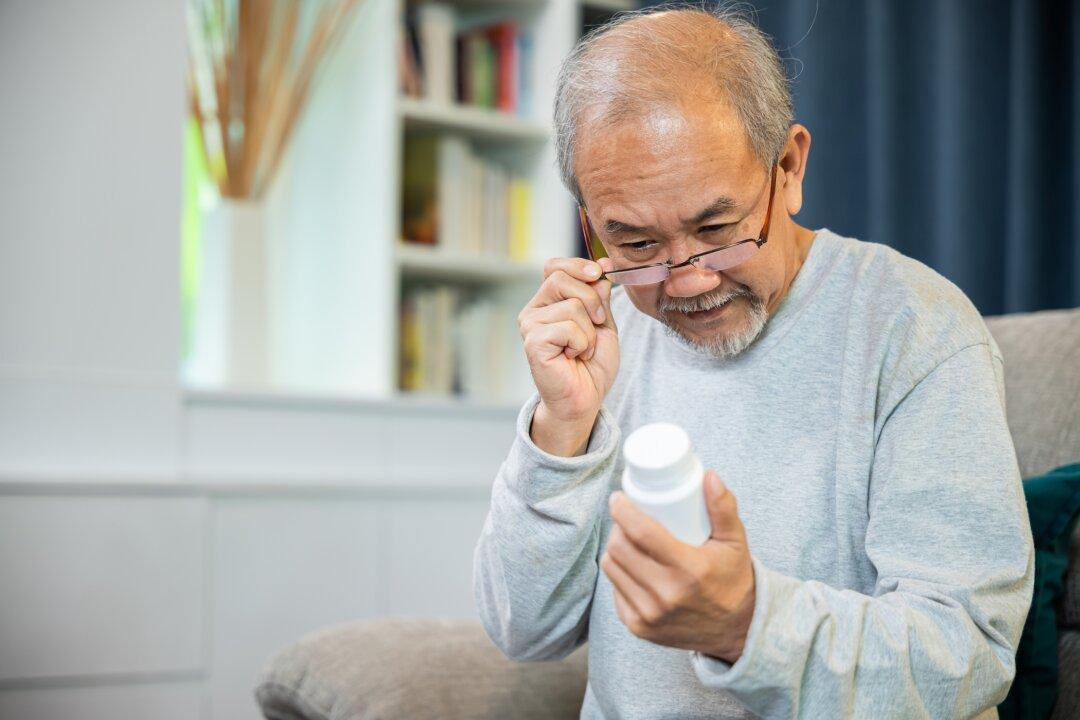If you live in North America or Europe, that jar of “cinnamon” in your cupboard is probably not truly cinnamon at all, but a very similar spice known as cassia.
True cinnamon is usually labeled “Ceylon cinnamon” and comes principally from Sri Lanka (called Ceylon in colonial times), India, Madagascar, Brazil, and the Caribbean. Cassia, on the other hand, is often designated as “Chinese cinnamon” or “Saigon cinnamon,” and comes principally from Indonesia, China, Vietnam, Japan, and South Korea.





